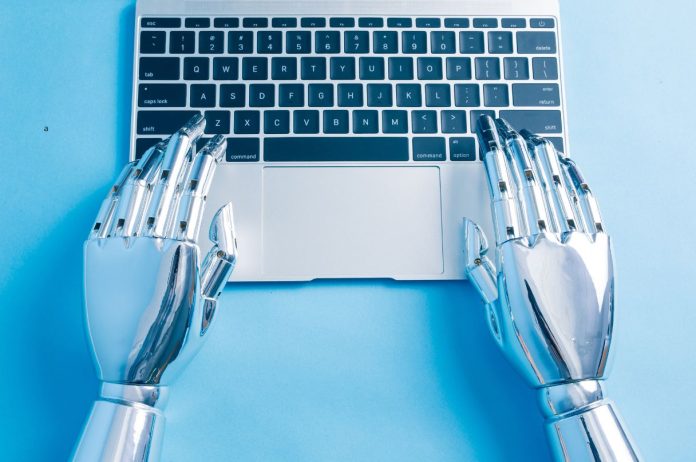Reference in credit recovery, Intervalor recovers more than R$ 1 billion in digital every month, serving more than 30 clients. With a focus on digital transformation, the company uses Generative Artificial Intelligence linked to data and an exclusive credit analysis system to generate consistent results. Research has shown that bots offer 88% accuracy – with an empathetic and humanized tone of voice throughout the negotiation journey – totaling an income of R$ 45 billion per year
With 25 years of experience, Intervalor has always stood out for developing humanized and empathetic collection methods The improvement, however, occurred after noticing a GAP in the market: an exponential debt growth for consecutive months and increasingly robotic and impersonal collections.
"Only those who have been through this", debt affects much more than just the financial aspect, brings concerns that directly affect emotions and interactions within the family. Can't we offer a lighter experience for consumers in such a delicate moment? Of course so. "That's what we work for every day", affirms Fabio Toledo, CEO of Intervalor
Furthermore, according to studies from Harvard Business Review, the adoption of AI in debt collection not only improves efficiency, but also reduces the emotional pressure on customers by 25%, creating a less intrusive and more empathetic experience. This approach not only facilitates credit recovery and market savings, but maintains a positive relationship with the consumer and minimizes churn
Liz and Théo: the future of collections
The first impactful transformations began in 2023 .When Intervalor implemented Generative AI in the ecosystem. The architecture used for the new neural network models is integrated into several layers,that have, for example, the ability to feed different Large Language Models (LLM) using a robust contextualization system. We use proprietary data and propensity engines to generate various triggers that contextualize the LLM systems about what that interaction means for the brand and at what moment the customer is in the experience, connected in real time with over 5 million intents created in our knowledge base, delivering fluid experiences, so much by voice, how much per text in various channels. We offer,on a scale, "a customization that the market has never seen",says Fábio
Today, the company has two AI personas: Liz and Théo: the bot attendants responsible for the more than a thousand projects in action
Théo presents himself as an expert in streamlining digital negotiations. As for Liz, as a specialist in negotiations and relationships. Both have different characteristics and numerous possibilities of voice tones. With 100% autonomous simulations, were born with the intention of promoting empathetic communication, more human and personalized, therefore, are capable of generating offers and negotiating deadlines, payment terms, take advantage of opportunity dates and, of course, all the bureaucratic part of creating contracts and invoices based on each client's needs.
Negotiations in minutes
"Our approach is stronger through WhatsApp and, although the time varies greatly according to each client's processes,we have encouraging metrics, like that of short debts that, on average, are closed by our AI robots in just 1 minute. But we are implementing the bot on the website to expand our channels, explain Rafael Soares, Executive Director of CX at Intervalor, that has various sectors in its portfolio, like Education, Fashion, Finance and Telecom.
The company has already recovered,only in the fashion sector,R$ 800 million for big brands, like C&A, Marisa, Riachuelo and Pernambucanas.Furthermore, holds 22% of the private Higher Education collection market and 30% in Telecom.
"Intervalor demonstrates how the combination of advanced technology with human expertise can radically transform the collections sector", offering more effective and personalized solutions for complex financial problems and growing double digits every month. The company's expectation is to continue expanding with digitalization and reach up to R$ 2 billion per month in credit recovery through this channel, concluded Rafael


